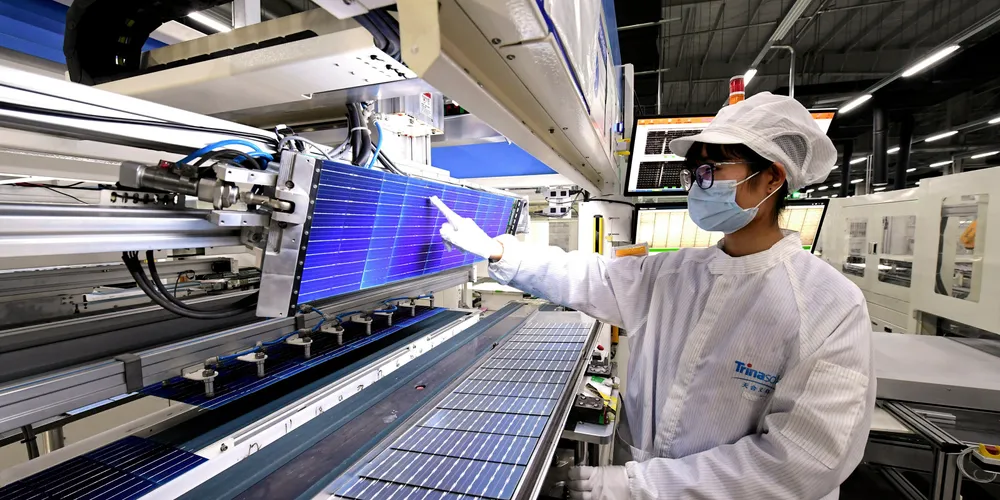'Political headache' | China's epic-scale green dominance puts governments on spot: WoodMac
Asian giant's massive and growing capacity in wind, solar and batteries an increasing challenge to foreign markets that want local jobs to follow energy transition, says report
